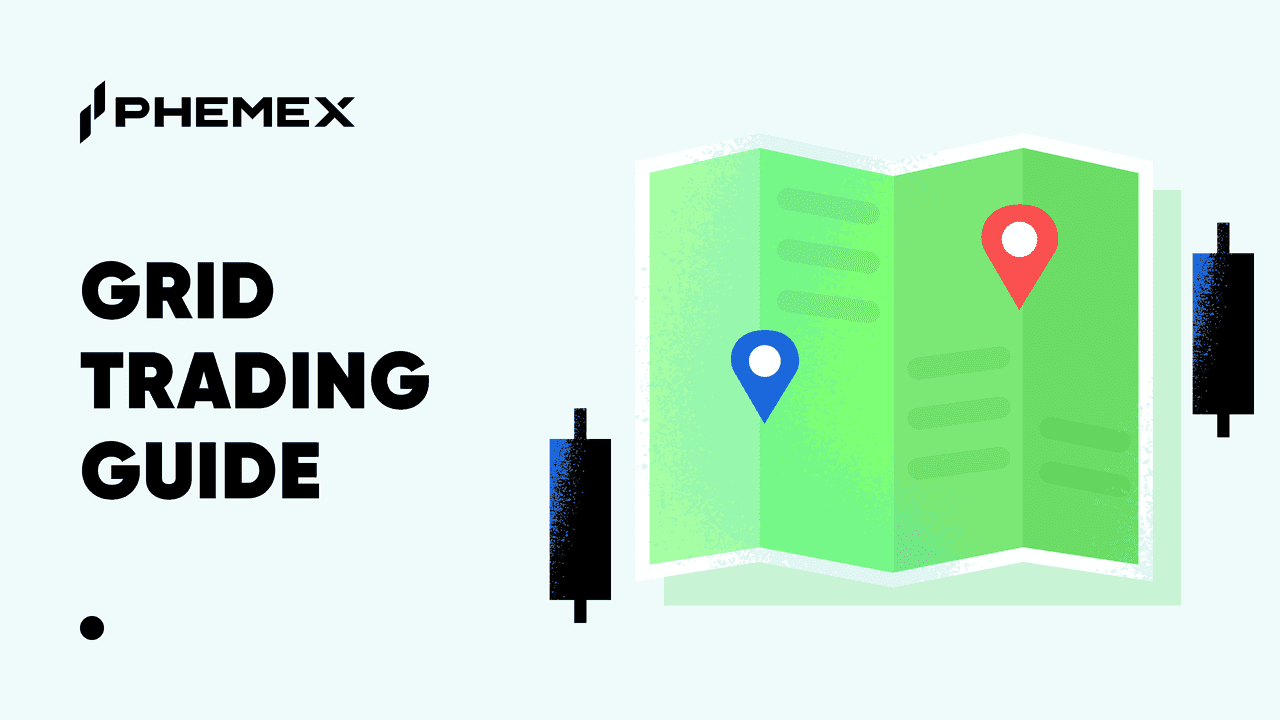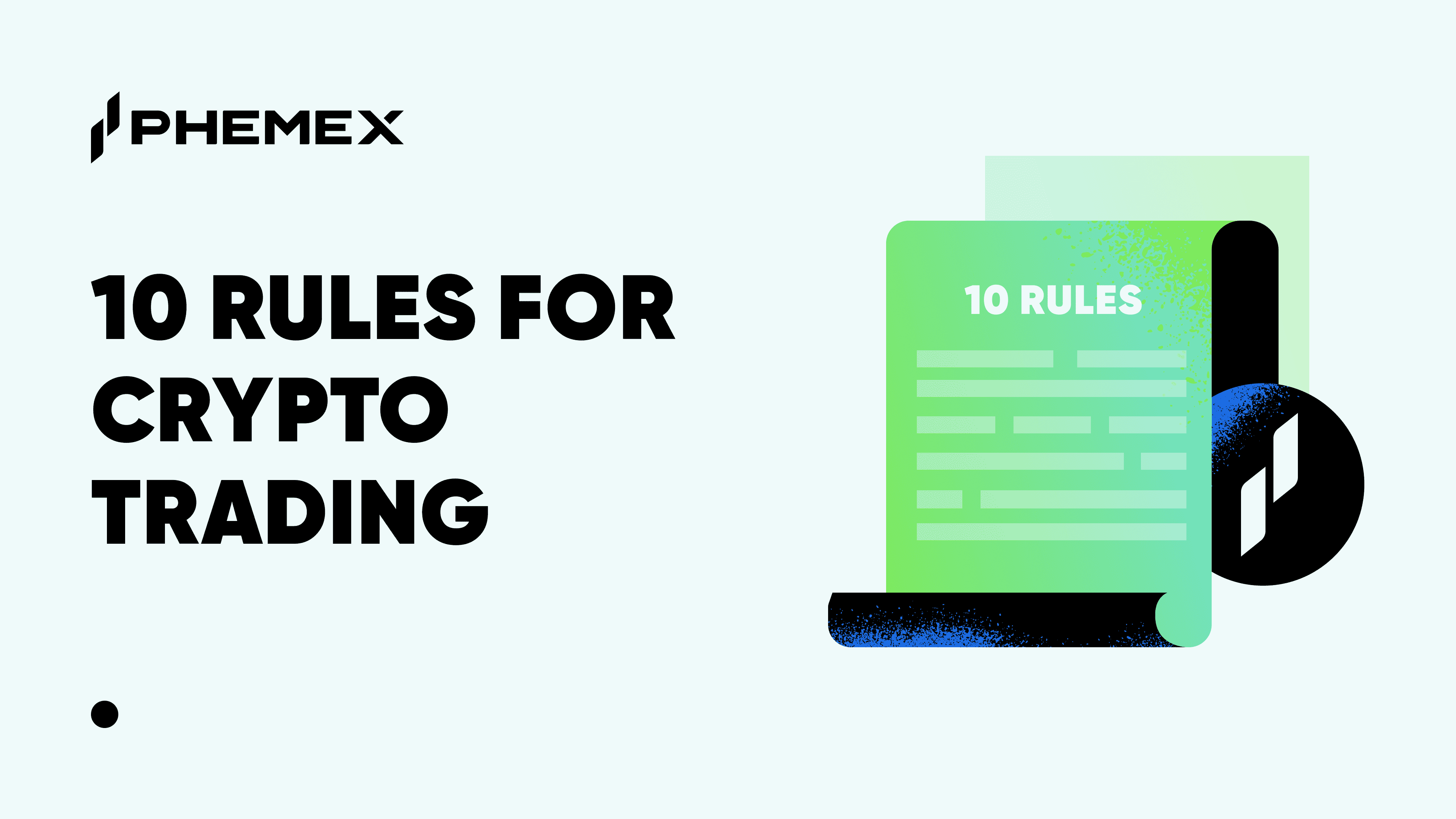In the futures market, contango and backwardation are price patterns that experienced traders typically use to determine potential price trends. The two price patterns occur when the spot price and the futures price are different, in particular, when the futures price slowly converges with the spot price over time. Due to the difference in price, an arbitrage opportunity may emerge where the price may move unexpectedly in some cases. This sudden price movement may benefit one of the parties within a futures contract and allow the particular party to profit.

What is a Bitcoin Futures ETF?
A Bitcoin futures ETF is a financial product where investors can speculate on Bitcoin’s price movement to make profits. This means that ETF shares are underpinned by a futures contract. Previously, Bitcoin ETFs were rejected due to concerns of market volatility and manipulation. Moving forward, Bitcoin ETFs have been approved by the Ontario Security Commission (OSC). Moreover, Bitcoin futures ETFs are now traded on the New York Stock Exchange (NYSE) and Chicago Mercantile Exchange (CME). An example of Bitcoin futures includes the Proshare Bitcoin Strategy ETF. On the Chicago Mercantile Exchange (CME), cryptocurrencies futures have a monthly expiration. However, the trader can move forward with their contract by selling or renewing the contract.
What is Futures Trading and Arbitrage Trading?
For futures trading in traditional finance, the spot price is the price at which a particular asset is being traded at on the market. On the other hand, the expected futures price is based on the current spot price, plus the other additional expenses such as cost of storage, interest, and insurance costs. Generally, some traders may choose to purchase futures contracts at a higher price for physical assets like oil because the prices can increase over time from other costs like storage costs and insurance costs. However, cryptocurrencies typically do not have storage costs since they are intangible assets.
In the cryptocurrency market, Bitcoin futures prices are also reliant on Bitcoin’s spot prices. The formula to calculate the Bitcoin futures price is as follows, where rf refers to the risk-free rate on a daily basis and x is the number of days to expiry:

In a futures contract, two parties agree to trade a particular asset at a fixed date. The fixed date is also commonly known as the futures contract’s expiry date. On the expiry date, parties are obligated to go short or go long as previously agreed in the contract. Generally, when the futures contracts reach the expiry date, the spot price and expected futures price will have some discrepancies.
For example, suppose Party A agreed to pay a particular price for Party B’s Bitcoin in five months because Party A speculates that Bitcoin will be worth much more at a certain date. Additionally, Party B agreed because they intend to sell it at the same price. Depending on Bitcoin’s value on the expiry date, Party A may profit or lose money from the discrepancy between the spot price and the expected futures price.
The discrepancy in prices provides an arbitrage opportunity, where one party will profit and another party will endure a loss. This is called arbitrage trading, where an asset is typically purchased at a lower spot price from an exchange and sold at a higher price at another exchange. As a result, traders can profit from the price difference.
For example, a Bitcoin futures contract closed at $60,000, and on the same day the spot price was at $58,000. Therefore, the traders can make about $2,000. Hence, in the example above involving Party A and Party B, if Bitcoin’s expected futures price increases more than the spot price on the expiry date, Party A profits. If Bitcoin’s expected futures price drops below the spot price, Party A loses money.
Contango vs Backwardation
In a traditional futures market, many experienced traders analyze the shape of the spot and futures curves to determine the price discrepancies and profit from arbitrage trading. The two most common pricing situations in the futures market that experienced traders are trying to catch are called backwardation and contango.

What is Contango?
Contango refers to the situation where the spot price of an asset is lower than the futures price. A contango pattern means that the futures price is dropping towards the expected price as shown in the figure above. For a contango pattern, traders would typically go short on the futures contract and look to sell their futures contracts in a contango as the expiry date nears because they expect the commodity to devalue and converge with the spot price over time. Traders who generally sell crypto futures in a contango are miners, hedgers, and arbitrage traders.
What is Backwardation?
Backwardation is a pricing situation where the spot price of an asset is higher than the futures price. It is the opposite of contango. A backwardation pattern means that the futures price is increasing towards the expected spot price as shown in the figure above. Traders would usually go long on futures contracts during a backwardation pattern by buying the futures contract at a lower spot price because they expect the asset to rise in value in the future. Traders who typically trade during a backwardation include bullish investors and BTC borrowers.

What Do the Contango and Backwardation Patterns Mean?
Contango and backwardation patterns are often used as leading indicators to predict futures contract prices. Leading indicators are useful for long-term investments. As previously mentioned, the appearance of the contango price pattern means futures contract prices are expected to drop to the expected spot price over time. On the other hand, the appearance of backwardation means the futures contract price is expected to rise to the expected spot price over time.
Can Bitcoin Futures be in Contango?
Bitcoin futures are traded in contango most of the time. In a contango scenario, the futures contracts prices will fall to the expected spot price when the contract is nearing the expiry date. The contango pattern usually indicates a bullish market as it indicates that bullish investors are willing to buy Bitcoin futures at a higher price than the spot price. At the same time, the arbitrage traders would be the counterparty that is interested in trading with bullish investors. Arbitrage traders have the opportunity to profit because they purchase assets at a lower spot price and sell at higher futures prices in a contango. Over time, the higher spot price will be reduced to a lower futures price from a higher demand of arbitrage trading.
Can Bitcoin Futures be in Backwardation?
Bitcoin futures trading can develop backwardation. In a backwardation scenario, the futures price is expected to grow to a higher price as it converges with the expected spot price in the future. The backwardation pattern can also indicate a bearish market where the spot price falls in order to converge with the futures price over time. During a backwardation, investors seek to maximize the value of their capital by purchasing futures contracts at a lower price in case there is a price uptrend. As the spot price and futures price converges, the investors that hold onto the futures contracts of such assets tend to gain profits. Therefore, backwardation would usually indicate a buying opportunity for the long term.
What Are the Risks in Trading with Contango or Backwardation Patterns?
The cryptocurrency market is generally more volatile than the traditional market. For example, the crypto market can turn bullish or bearish in a short amount of time depending on recent legislation or project announcements. As a result, prices may not always follow a contango or backwardation price pattern or may break from the patterns very quickly. Therefore, when the price moves contrary to the intended futures price, traders can profit very quickly or lose everything depending on their initial speculation. Hence, it is important that traders try to identify contango and backwardation patterns using charts in the traditional futures market before moving onto the more volatile crypto futures market. Novice traders are also advised to learn and master how to trade contango and backwardation patterns in a simulation trading environment before trading with real capital on the futures market.
Contango or Backwardation: What Is the Outlook for the Crypto Futures Market?
The future of cryptocurrency futures seems to be optimistic as more big institutions are considering Bitcoin (BTC) as a store of value. Therefore, the market is most likely showing bullish signs with the price pattern of a contango. Moreover, Ethereum (ETH) is also in preparation to upgrade to Ethereum 2.0, which may lead to an uptrend. However, traders still need to consider other risks like market volatility. Nevertheless, arbitrage trading is generally considered a low-risk investment. Traders should keep in mind to take note of the higher transaction fees during arbitrage trading as they may reduce a traders’ gains.
Conclusion
Futures trading largely involves traders that speculate on how the futures prices are affected by market conditions. In a futures market, there are the contango and backwardation patterns where the futures price differs from the spot price over time. A contango price pattern is when the futures price is higher than the spot price but the futures price will fall over time to converge with the spot price. On the other hand, a backwardation price pattern is the opposite where the futures price is lower than the spot price but will increase and converge with the spot price over time. In both scenarios, the futures price differs from the spot price due to factors such as interest rate, perceived value, and actual value of the underlying asset.
Experienced traders may participate in arbitrage trading by profiting from the price discrepancies between the futures and spot prices. Nonetheless, futures trading is high risk. Traders should properly learn how to spot contango and backwardation patterns reliably as well as practice on the simulation trading platform before participating in the real crypto futures market.
Read More
- What Are Crypto Futures & How To Trade Bitcoin Futures Profitably
- What are Crypto Futures & How do They Work?
- Using Futures Term Structure and Basis as A Bitcoin Sentiment Indicator
- What is Contract Trading: How to Trade Crypto Derivatives on Phemex
- Uptrends and Downtrends: How to Spot and Trade Them?
- Commodities, Crypto and Blockchain: Optimizing Supply Chains
- Backtest Bitcoin Strategies: All You Need to Know
- What are Crypto Derivatives: Most Popular Bitcoin Derivatives Explained









